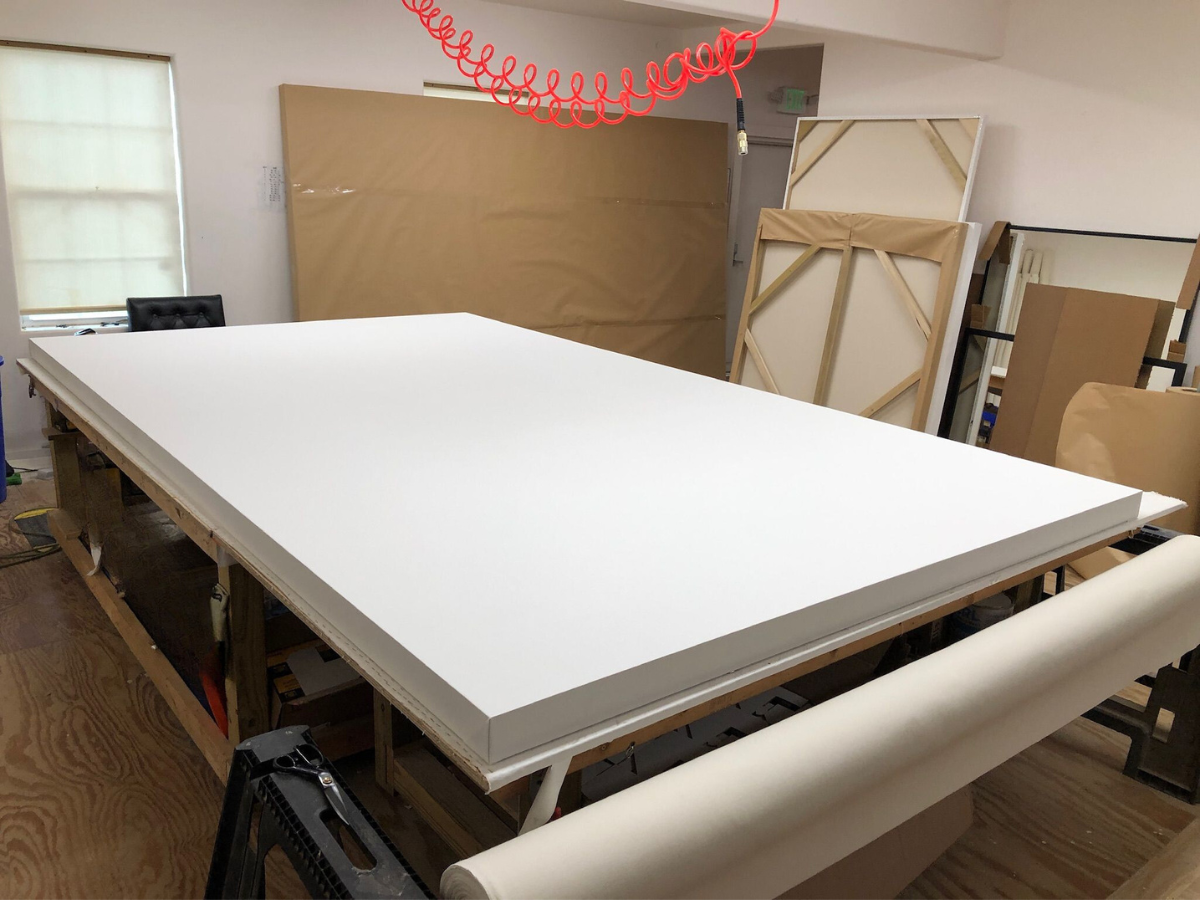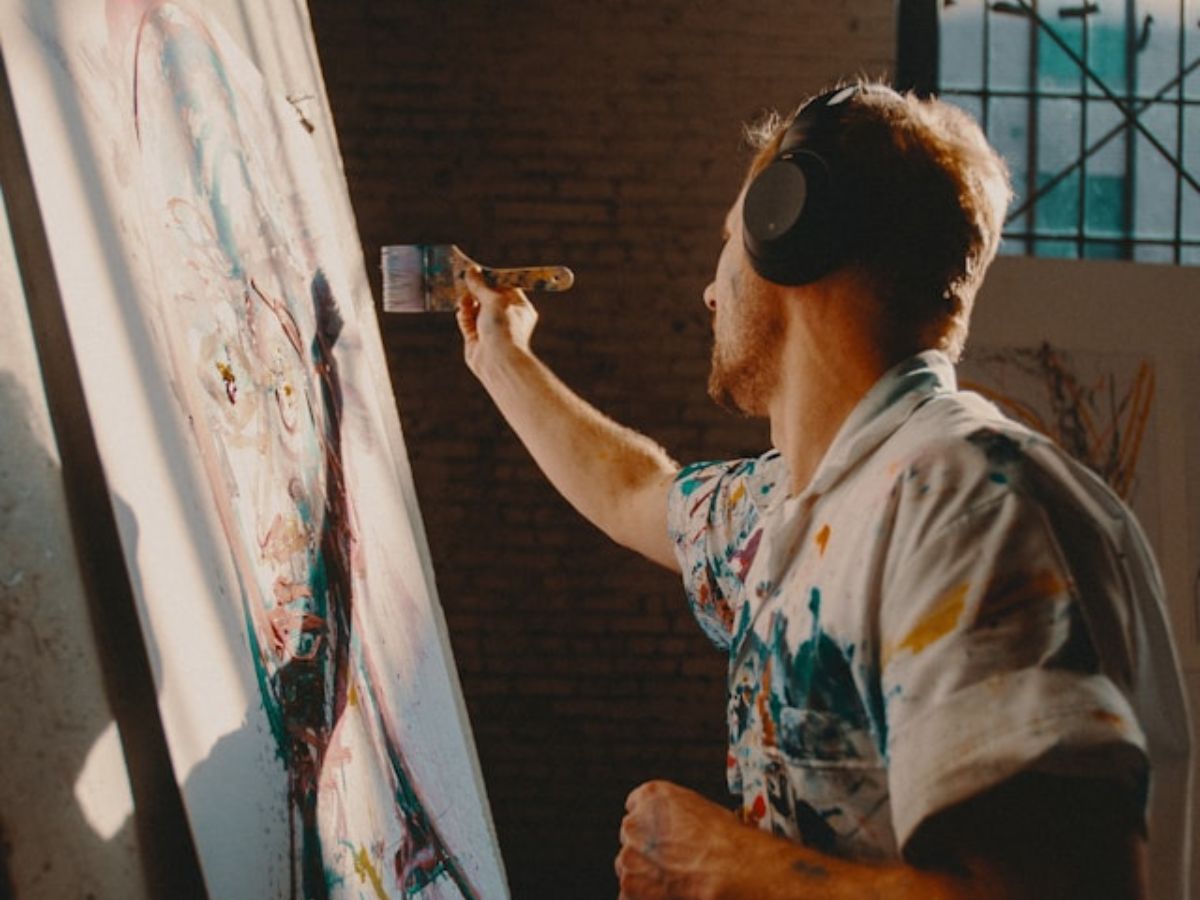
Essential Tips for Painting on Oversized Canvases
Creating large-scale artworks presents unique challenges and opportunities for artists. The expansive canvas allows for greater expression and impact but requires thoughtful preparation and technique. Here are essential tips to guide you through the process of working on oversized canvases.
1. Define Your Concept and Composition
Before beginning, clearly define your artistic vision. A larger canvas offers more space for creativity but can become overwhelming without a solid plan. Sketch your composition to establish the placement of key elements, ensuring balance and harmony across the expansive surface.
2. Prepare Your Workspace
A spacious and organized workspace is important for large-scale painting. Ensure you have ample room to move around the canvas and step back to view your work from a distance. Adequate lighting is essential to accurately assess colors and details. Consider the logistics of handling and storing large canvases, including the availability of easels or wall space to support the artwork.
3. Select Appropriate Materials
Choosing the right materials can significantly impact your workflow and the quality of your artwork. Choose high-quality, large brushes and tools to cover extensive areas efficiently.
Use a squeegee or trowel to spread paint quickly and create dynamic textures. Invest in sturdy canvases and consider the weight and type of canvas suitable for large formats. Additionally, ensure you have sufficient quantities of paint to avoid interruptions during the creative process.
4. Master the Underpainting
Begin with an underpainting to establish the foundational tones and values of your composition. This initial layer sets the stage for subsequent details and helps maintain coherence across the large surface. Using a monochromatic palette for the underpainting can simplify this stage and allow you to focus on the overall structure of the artwork.
5. Work in Sections
Tackling the entire canvas at once can be daunting. Divide the canvas into manageable sections and focus on one area at a time. This approach allows for detailed attention to each part while ensuring consistency throughout the piece. Remember to regularly step back to assess the overall progress and ensure that the sections integrate seamlessly.

6. Maintain Perspective and Proportion
Maintaining accurate proportions is vital in large-scale art. Use grids or reference points to keep elements in correct relation to each other. Stepping back frequently enables you to view the artwork as a whole and make necessary adjustments to maintain perspective. Consider using tools like long-handled brushes or even a projector to help transfer your initial sketches onto the large canvas accurately.
7. Embrace Physicality
Painting on a large canvas is a physical endeavor. Be prepared for the physical demands by ensuring you have comfortable access to all areas of the canvas, possibly requiring ladders or scaffolding for very large pieces.
Take regular breaks to rest and prevent fatigue, which can affect the quality of your work. Wearing comfortable clothing and maintaining good posture can also help reduce physical strain during long painting sessions.
8. Experiment with Techniques
Large canvases provide the opportunity to experiment with various techniques and textures. Incorporate broad gestures, layering, and mixed media to add depth and interest. The scale allows for bold experimentation that might be constrained on smaller surfaces. Consider using unconventional tools or methods, such as pouring or splattering paint, to achieve unique effects that enhance the visual impact of your artwork.
9. Plan for Drying and Storage
Consider the extended drying times for large paintings, especially when using oil paints. Ensure you have adequate space for the artwork to dry without risk of damage. Plan for storage solutions that accommodate the size of your finished piece, protecting it from environmental factors that could cause deterioration.
If space is limited, consider rolling the canvas for storage, but be aware of the proper techniques to prevent cracking or creasing.
Artists can create impactful works that captivate viewers by thoughtfully preparing and embracing the unique aspects of large-scale painting. Approach the process with patience and openness to experimentation, allowing the expansive canvas to become a dynamic space for artistic expression.